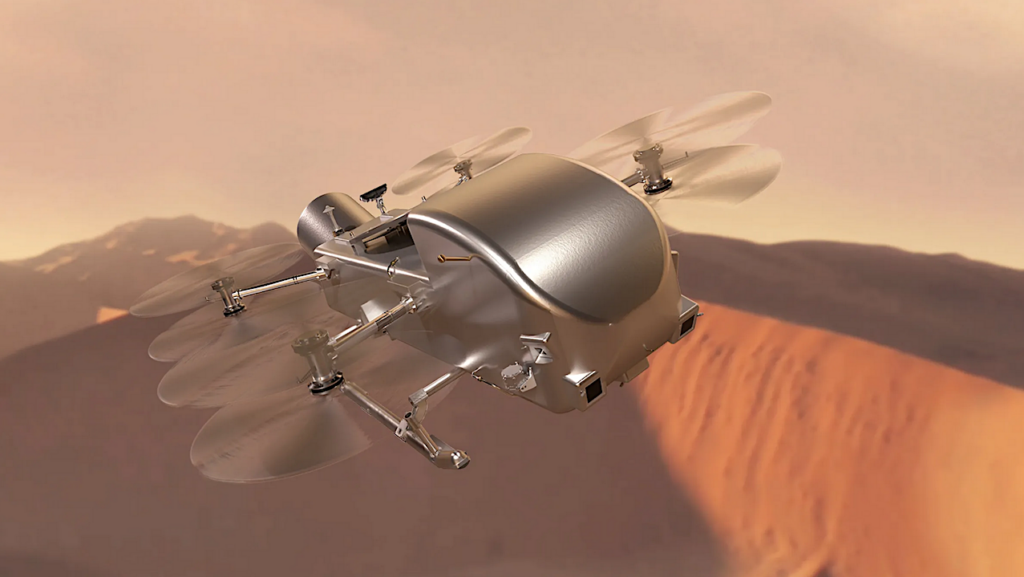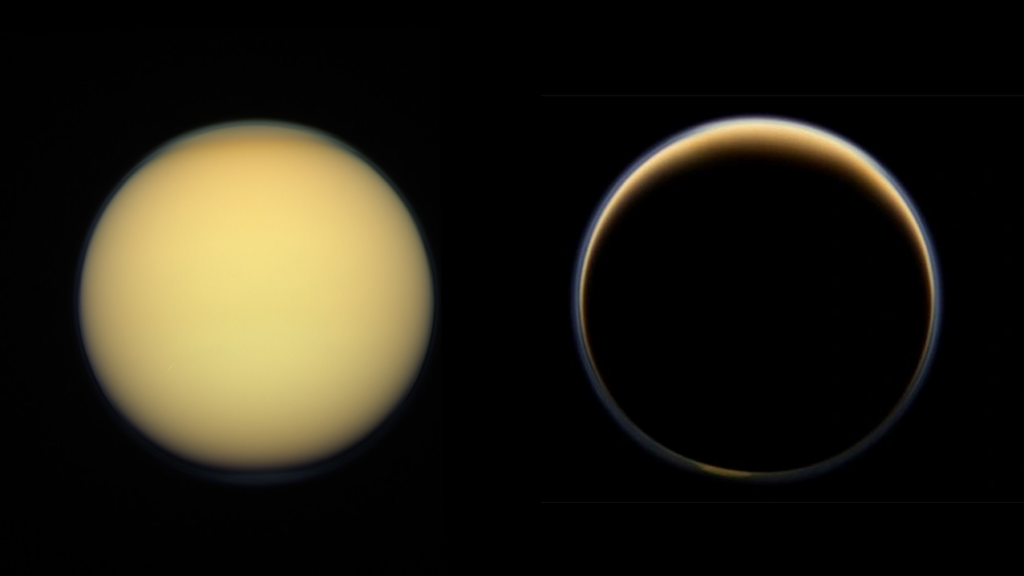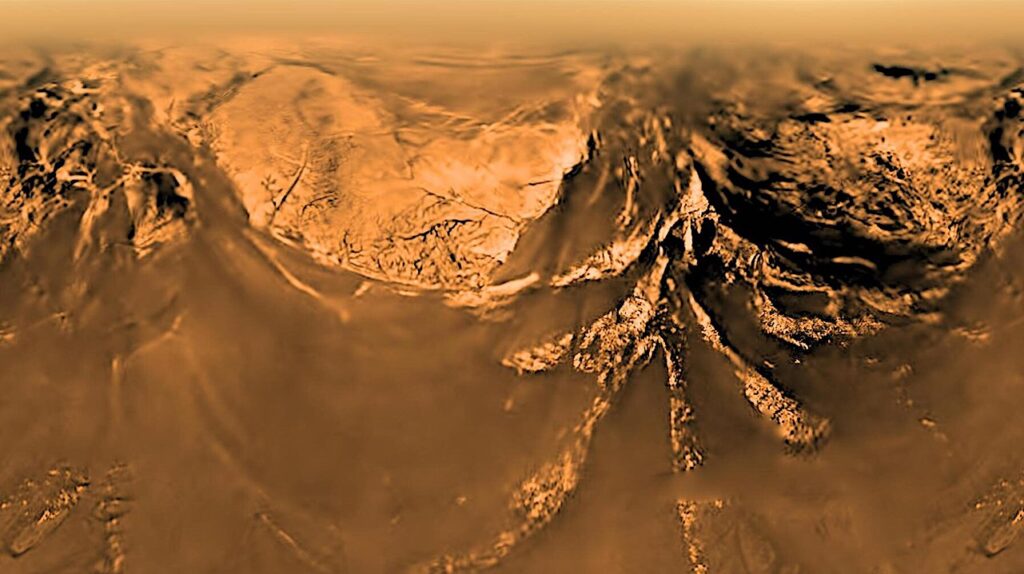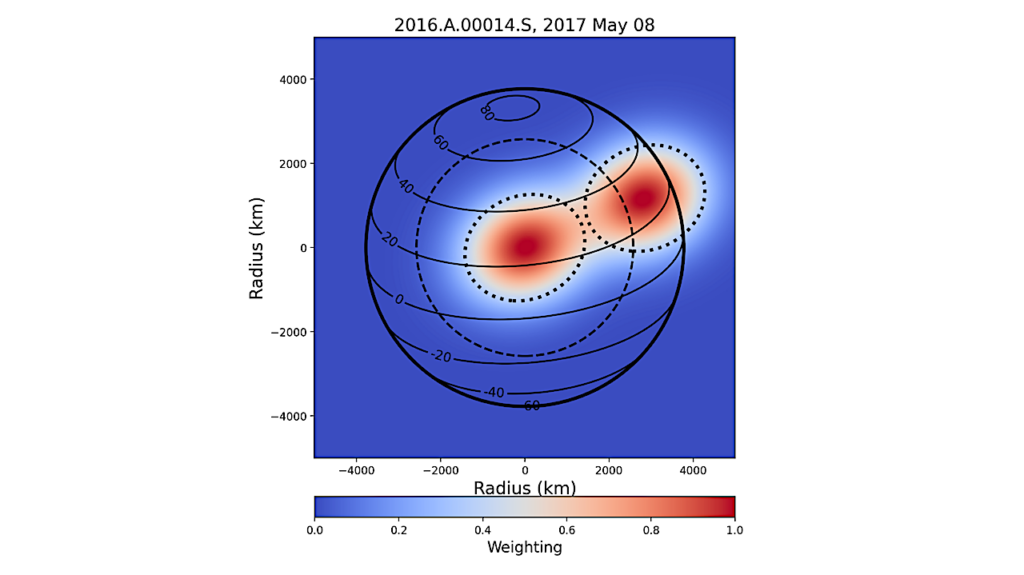Effects of Varying Land Coverage, Rotation Period, and Water Vapor on Equatorial Climates that Bridge the Gap between Earth-like and Titan-like

Saturn’s largest moon, Titan, has an Earth-like volatile cycle, but with methane playing the role of water and surface liquid reservoirs geographically isolated at high latitudes.
We recreate Titan’s characteristic dry hydroclimate at the equator of an Earth-like climate model without seasons and with water as the condensable by varying a small set of planetary parameters. We use three observationally motivated criteria for Titan-like conditions at the equator: 1) the peak in surface specific humidity is not at the equator, despite it having the warmest annual-mean temperatures; 2) the vertical profile of specific humidity in the equatorial column is nearly constant through the lower troposphere; and 3) the relative humidity near the surface at the equator is significantly lower than saturation (lower than 60%). We find that simply reducing the available water at the equator does not fully reproduce Titan-like conditions. We additionally vary the rotation period and volatility of water to mimic Titan’s slower rotation and more abundant methane vapor.
Longer rotation periods coupled with a dry equatorial surface meet fewer of the Titan-like criteria than equivalent experiments with shorter rotation periods. Experiments with higher volatility of water meet more criteria than those with lower volatility, with some of those with the highest volatility meeting all three, demonstrating that an Earth-like planet can display Titan-like climatology by changing only a few physical parameters.
Matthew McKinney (1), J. Mitchell (1), S. I. Thomson (2) ((1) University of California, Los Angeles, (2) University of Exeter)
Comments: 40 pages, 18 figures
Subjects: Earth and Planetary Astrophysics (astro-ph.EP); Atmospheric and Oceanic Physics (physics.ao-ph)
Cite as: arXiv:2207.05815 [astro-ph.EP] (or arXiv:2207.05815v1 [astro-ph.EP] for this version)
https://doi.org/10.48550/arXiv.2207.05815
Focus to learn more
Submission history
From: Matthew McKinney
[v1] Tue, 12 Jul 2022 20:22:18 UTC (4,769 KB)
https://arxiv.org/abs/2207.05815
Astrobiology,








